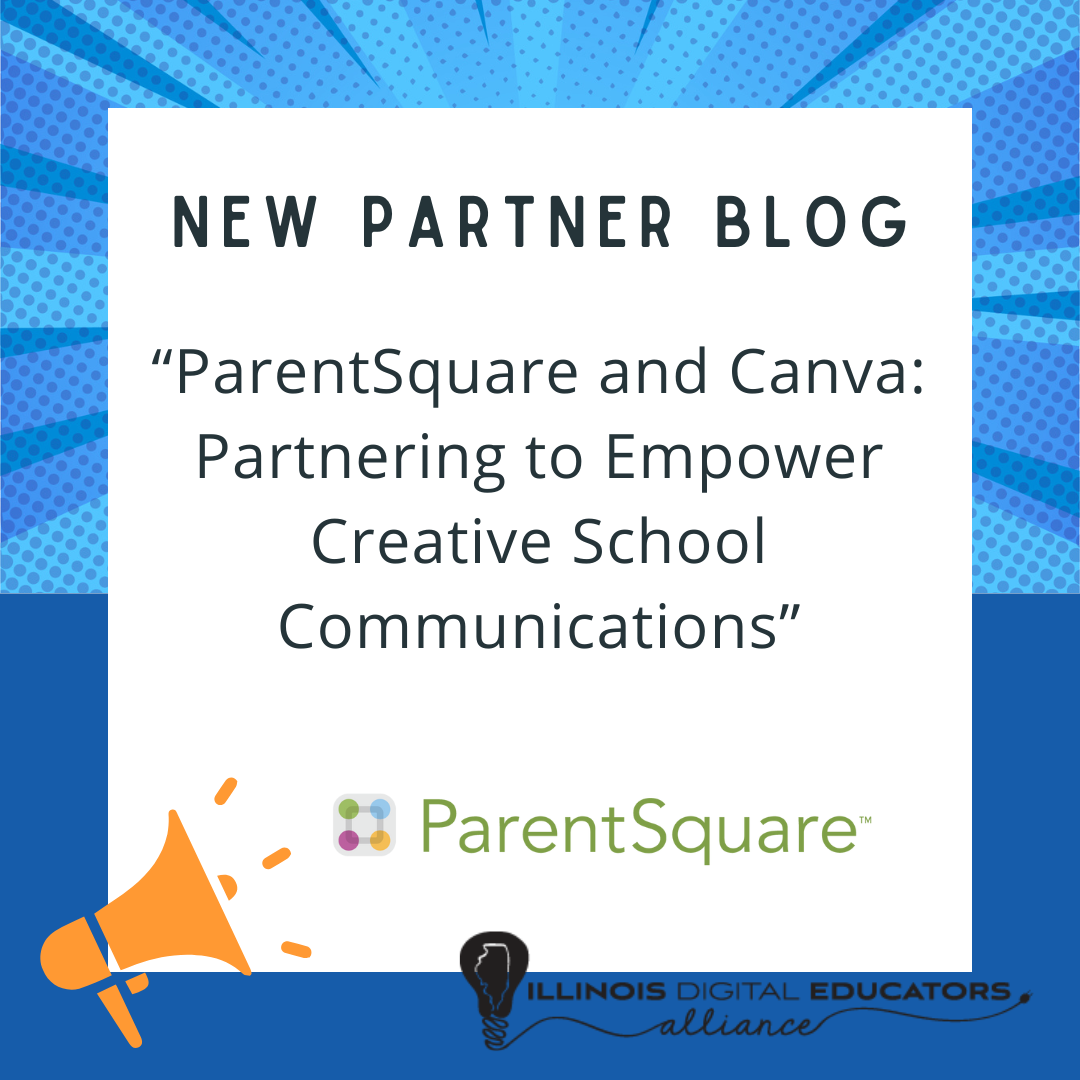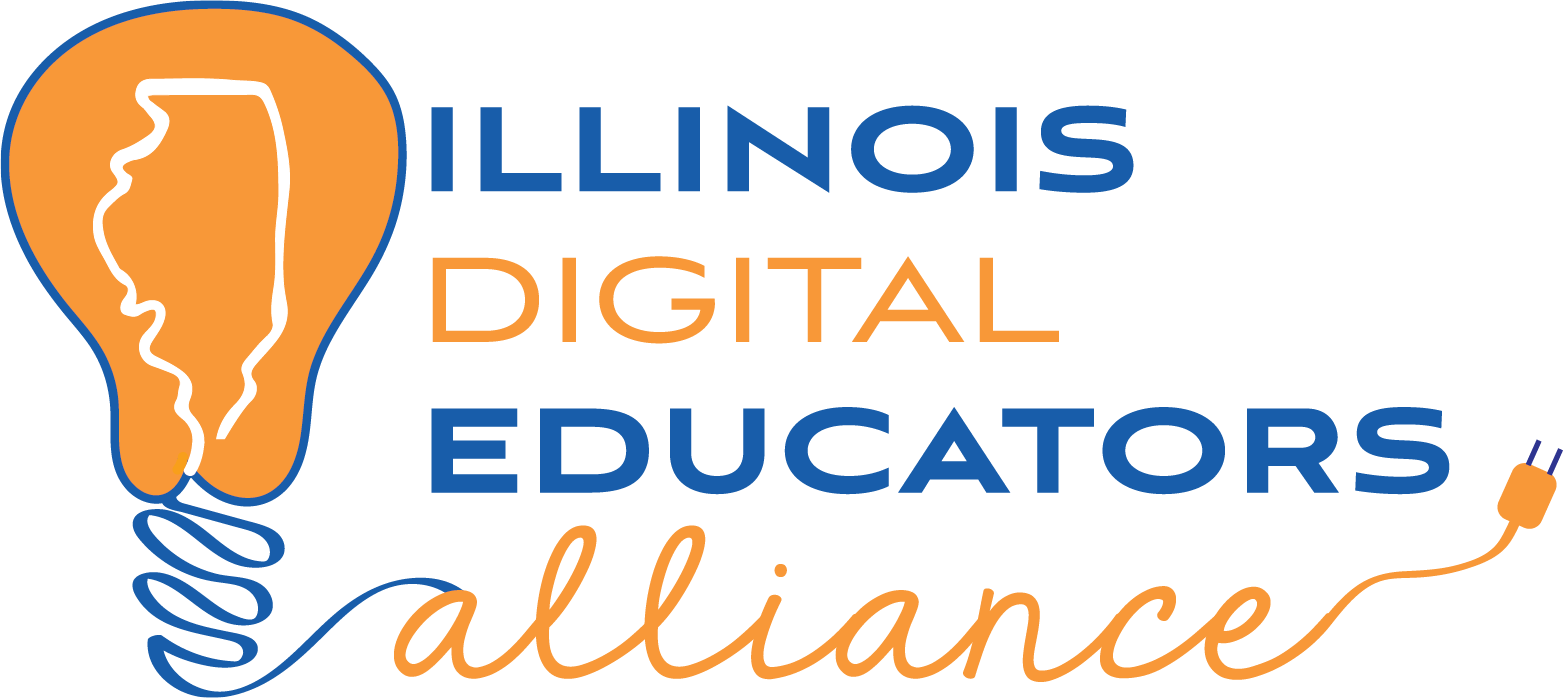The Importance of a Name
It’s undeniable that a person’s name is connected to their identity, and while it might seem like a minor detail, spelling and pronouncing a person’s name correctly is nothing short of transformative in its impact, and this is especially true with our students. As a Stefanie with an “f” instead of a “ph,” the timeline of my life is filled with people, from teachers to family members to colleagues to friends, who spell my name incorrectly despite having it spelled correctly on rosters, in email signatures, etc. The go-to response from me for years was, “It’s okay.”
The thing is, it’s not okay. We tend to say, “It’s okay,” because we’re preserving the feelings of others. We’re diminishing ourselves and our identity so as to not make someone feel bad or to not be viewed as “difficult.” As a high school salutatorian, I was presented with a small trophy. The first trophy had my first name spelled incorrectly. The replacement trophy had my middle name spelled incorrectly. The replacement for the replacement was finally correct. High school graduation was
a very long time ago for me, but this is something that still clearly lives rent free in my mind.
If we, as educators, have the ability to access the information that would allow us to accurately pronounce and spell a student’s name, we need to use it. This seemingly simple act builds respect and rapport, fosters emotional well-being and even self-worth in our students, is inclusive and helps to dismantle unconscious biases, builds empathy, and helps to create a more positive learning environment. How exactly does it achieve all of this? Let’s take a closer look and then explore the tools that exist to help us with this endeavor.
1. Respect and Rapport: When an educator takes the time to learn how to pronounce and spell a student’s name, it shows students that they are valued, that their cultural backgrounds are important, and that the educator recognizes that the student’s identity is inextricably linked to their name and that both are worthy of notice.
One important thing to note is that asking a student in front of the rest of the class on the first day of school is
not going to help build respect and rapport. I was that teacher for several years, and although you may have good intentions, the impact outweighs our intentions. Singling out a student who has a name that is difficult for us to pronounce only reinforces that the environment is not inclusive for them, especially if there is a spotlight on that student as class time is taken for them to correct us we nervously (or otherwise) laugh at our struggle.
2. Emotional Well-Being and Self-Worth: Mispronouncing or misspelling a name, especially habitually, can lead to students feeling frustrated, embarrassed, and even alienated. Consider how this builds year after year for a student who does not have a commonly recognized pronunciation or spelling for your region.
Alternatively, when a student hears their name pronounced correctly or sees it spelled correctly, it reaffirms their identity and their place in the space. This can lead to a student participating actively and more fully in class discussions and activities.
3. Inclusivity and Reduction of Bias:
Students with unfamiliar-to-us names, including those that are difficult for us to pronounce, can face unconscious bias for the entirety of their lives, whether in school or in the job market. When educators use students’ names correctly through both pronunciation and spelling, they’re helping to reduce bias and creating a more inclusive, fair, and equitable learning environment.
Students should not have to adopt an Anglicized version of their given names in order to make the educator more comfortable. Likewise, a student shouldn’t have to consistently have their name misspelled in order to avoid making an educator uncomfortable by calling out their mistake. As educators, we need to be willing to swallow our own discomfort and any embarrassment we feel if we make a mistake with a student’s name and move forward with the student’s dignity in mind.
4. Build Empathy: When educators take the time to treat a student’s name with respect, including when we’re willing to recognize our mistakes and correct ourselves, it’s modeling empathy that the other students within our spaces can take with them into their interactions with others both in the school year and beyond.
5. Positive Learning Environment: Pronouncing and spelling a student’s name correctly helps build a sense of belonging for the student which makes them more likely to actively engage in class. This means that a student may be more present in classroom discussions and activities which also leads to increased information retention. This feeling of belonging can also lead to better interactions between you and the student.
As an added benefit, if an educator prioritizes using students’ names correctly, it can positively impact the relationship between the educator and the students’ parents/guardians/families.
With all that being said, what are some ways that you can help support this in your own space?
1. *Updated August 8, 2024: Flip is now only available if you’re a Microsoft Teams user. Currently, non-Teams educators are looking for a comparable replacement with the same accessibility (free and globally used). In a pinch, Google Slides will also allow you to record a video within their slide deck that saves automatically to their Drive, meaning that you can have each student create a Google Slide with their name on it and have them record a video while on that slide where they can pronounce their name. See a video tutorial here.* Microsoft Flip: This free tool will allow students to share the pronunciation of their name, show their faces if they’re comfortable, and even add a phonetic breakdown of how to pronounce their name. This can be used as an introductory activity for your students (or your staff if you’re an educational coach or administrator). See how you can use it in this quick video.
2. Namecoach: Although this tool charges for education plans, you are allowed to create a personal namebadge for your email signature. If you have older students who are utilizing email, using this tool supports the idea that name identity is important even outside of the walls of the classroom. You can check it out and create your own namebadge here.
3. Book Creator:
Book Creator is a great tool that you can use to create a class book at the beginning of the year. Since Book Creator allows creators to use a variety of media such as pictures and hyperlinks, students can provide more information about themselves outside their name while still including a still picture, video, text box with name pronunciation. Learn how to add narration to Book Creator
here.
4. Seesaw:
Seesaw is another tool that will allow students to share about themselves, including the spelling and pronunciation of their names. If you have K-2 students, the premade
“Your Name Is Everything You Are!” activity is a great introduction, but Seesaw also allows students to add their own voice to the mix, even for our youngest students, through audio or video recording within Seesaw.
5. Provide phonetic spellings to substitute teachers:
Help support your students by leaving a roster for substitute teachers that provides phonetic spellings of student names. Yes, this takes a little extra time to prepare at the beginning of the year, and yes, time is not something there’s an abundance of, but this helps set both your students and your substitute teacher up for success.
6. Ask students to introduce themselves:
At the beginning of the year, instead of reading off of your roster, consider having each student introduce themselves by their first and last name. This allows both the educator and the other students to hear the pronunciation from the name’s owner without the concern that the student will have to smile or laugh through another mispronunciation.
This also allows you to tell students that you’ll be repeating each of their names after they say them so that it will make a connection in your brain. If you have trouble repeating it, make sure to approach the student privately to get it right. This is also the time to make phonetic notes on your roster as a student pronounces their name in order to help you get it right going forward.
7. Check it twice: When you’re dealing with writing a student’s name, a good rule of thumb is to check the spelling and then check it once again after you’ve written or typed it. Humans are creatures of habit, and if in our mind we associate a name with one spelling, we’re more likely to spell it that way in a type of auto pilot. If you send a communication with a student’s name spelled incorrectly, acknowledge the mistake as soon as you are aware of it, and then be doubly sure to not make the same mistake again.
8. Responding to, “It’s okay.”: If you mispronounce or misspell a student’s name and a student replies with something like, “It’s okay,” it’s good to acknowledge that it’s not okay but that it was an honest mistake and that you’ll be more careful moving forward.
9. Teach them how to respond: I went all of my K-12 and post-secondary and most of my adult life to this point responding with, “It’s okay.” I wasn’t sure how to address it, and I felt bad for caring when so many people made the error. One day a few years ago I happened across a Tweet where a person was replying to someone else. The conversation was civil and informative, but the responder began their Tweet by providing the correct spelling of their name and then moving on to the body of the response. I felt empowered for the first time to do the same.
Don’t let your students wait until they’re fully vested in adulthood to learn how to advocate for themselves. When I receive an email that has my name spelled incorrectly, despite it being in my email signature, etc., I respond in the following manner:
“Dear [name],
It’s actually Stefanie with an “f,” but you’re not the first to make that mistake.
[Body of the email.]”
Or at times it’s a variation like this:
“Dear [name],
It’s actually Stefanie with an “f,” but it’s an easy mistake to make.
[Body of the email.]”
The importance of a name carries more weight than simply having proper spelling or pronunciation. The importance of a name lies in its ability to help us feel empowered, worthwhile, and engaged when people get it right and to feel the opposite when it’s consistently mispronounced and misspelled. Let’s help ignite a spark in our students by acknowledging their identities and cultivating respect, inclusivity, engagement, and empathy through their names!

Stefanie Crawford is an educational reform advocate and entrepreneur. She has worked in education for nearly 20 years as a classroom teacher, K-12 instructional coach, Professional Development Coordinator for a Regional Office of Education, and currently as the Executive Director at Illinois Digital Educators Alliance.
RECENT ARTICLES




